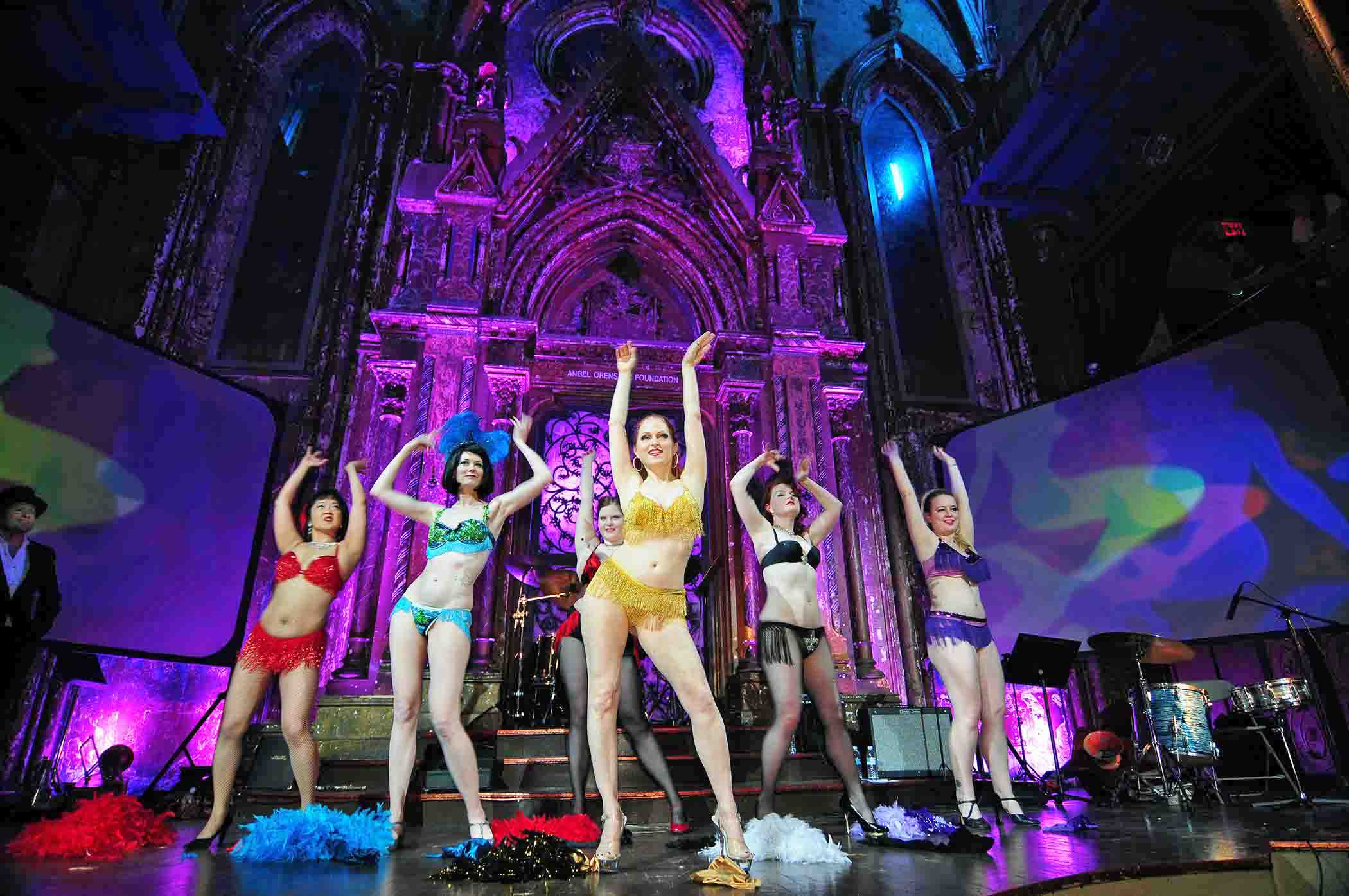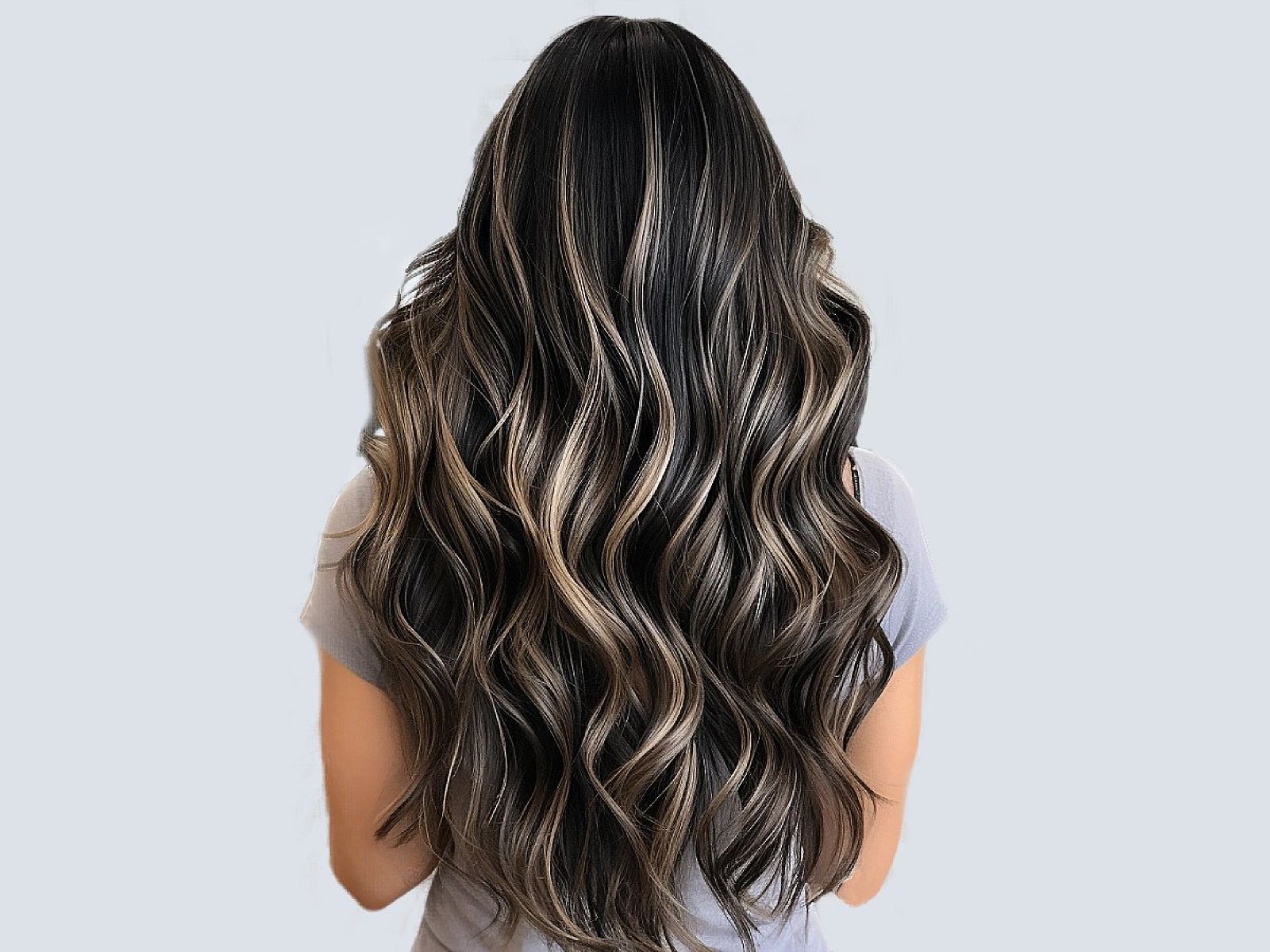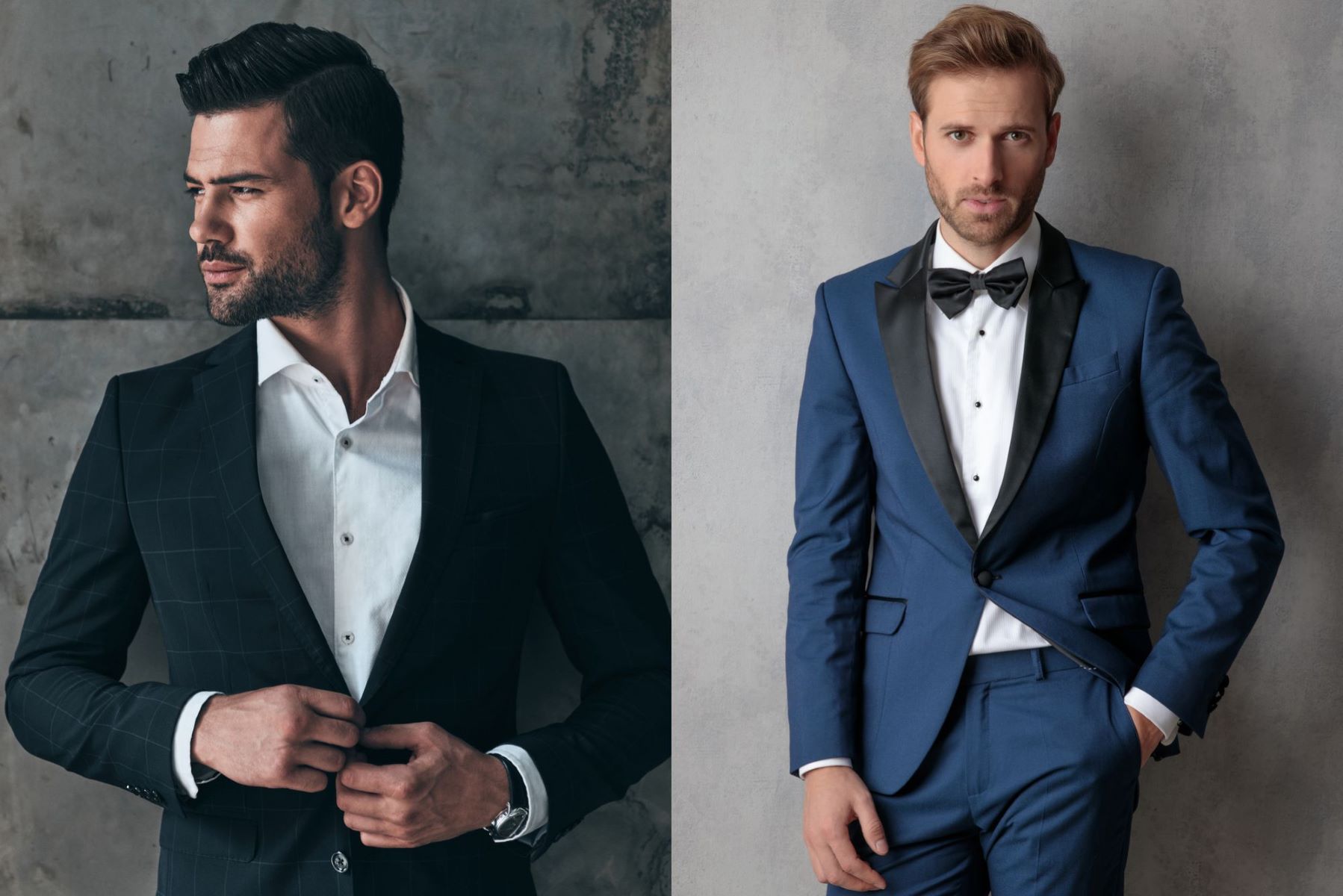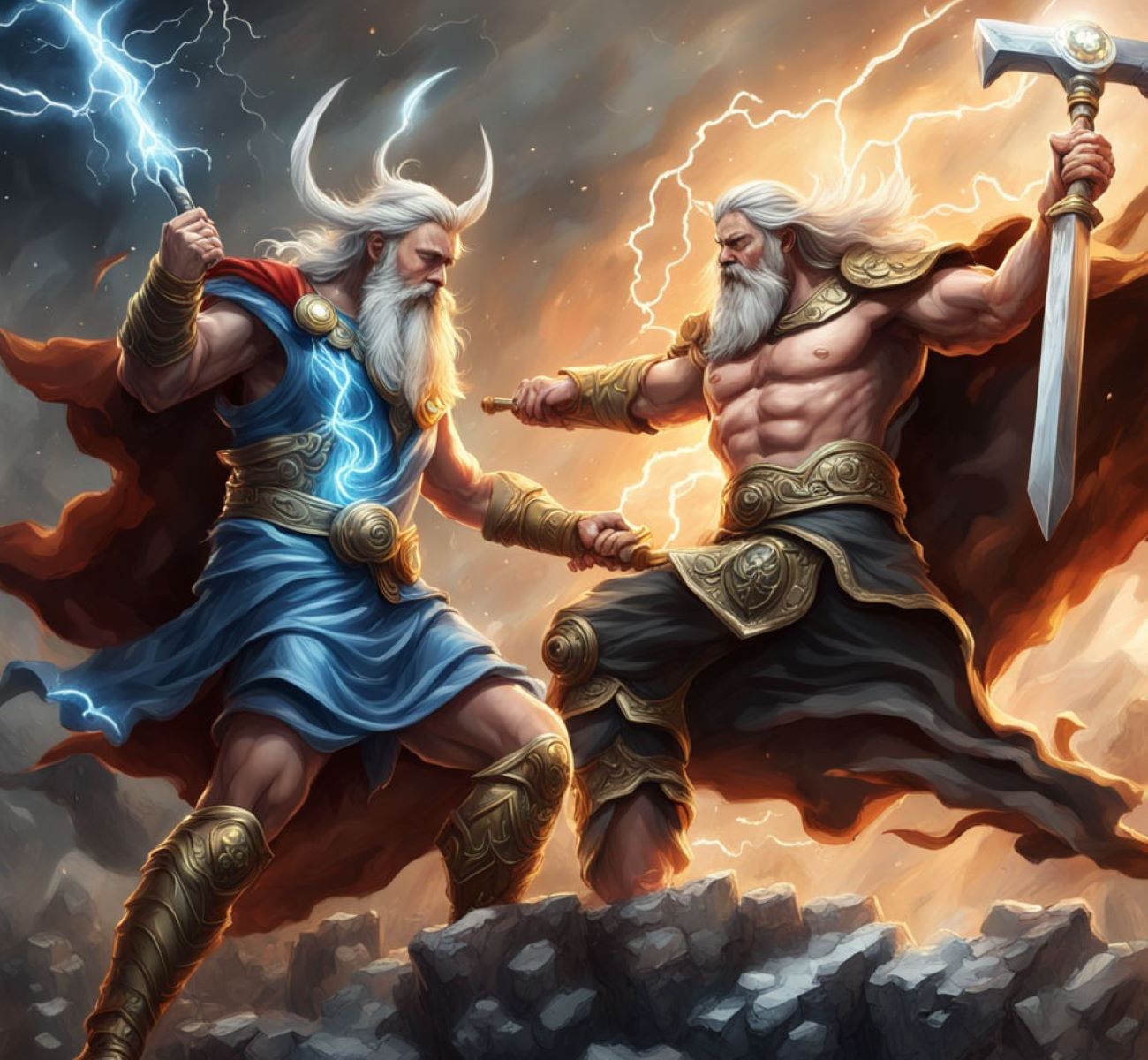Home>Arts and Culture>The Ultimate Showdown: Burlesque Vs. Cabaret – Unveiling The Key Differences


Arts and Culture
The Ultimate Showdown: Burlesque Vs. Cabaret – Unveiling The Key Differences
Published: January 17, 2024
Discover the nuances between burlesque and cabaret in this comprehensive guide to arts and culture. Unveil the key differences and find out which one resonates with you.
(Many of the links in this article redirect to a specific reviewed product. Your purchase of these products through affiliate links helps to generate commission for Regretless.com, at no extra cost. Learn more)
Table of Contents
Introduction
Welcome to the ultimate showdown between two titans of the performing arts world: burlesque and cabaret. These two genres have captivated audiences for decades with their unique styles, captivating performances, and rich histories. In this article, we will delve into the fascinating world of burlesque and cabaret, unveiling the key differences between these two art forms.
Burlesque and cabaret may seem similar at first glance, but a closer look reveals distinct characteristics that set them apart. From their origins to performance styles, costumes, music, and audience interaction, each art form possesses its own allure and charm. By exploring these differences, we can gain a deeper appreciation for the creativity and artistry that define burlesque and cabaret.
So, buckle up for an exhilarating journey as we dissect the intricacies of burlesque and cabaret, unraveling the threads that make each of these art forms a mesmerizing spectacle in its own right. Whether you're a seasoned enthusiast or a curious newcomer, prepare to be enthralled by the enchanting world of burlesque and cabaret.
History of Burlesque
Burlesque, with its roots dating back to the 17th century, has undergone a remarkable evolution, transforming from its origins into a vibrant and captivating form of entertainment. The term "burlesque" originally referred to a literary, dramatic, or musical work that humorously imitated or exaggerated the style of a serious piece. However, it wasn't until the 19th century that burlesque found its place on the stages of vaudeville theaters and music halls, captivating audiences with its unique blend of satire, comedy, and risqué performances.
During the Victorian era, burlesque performances often parodied well-known theatrical works and classical literature, infusing them with bawdy humor and exaggerated characters. These shows attracted diverse audiences, from working-class patrons to the upper echelons of society, and became a popular form of entertainment across Europe and the United States.
As the 20th century dawned, burlesque underwent a significant transformation, incorporating elements of striptease and risqué comedy into its performances. This shift led to the emergence of the classic burlesque show, characterized by elaborate costumes, sensual dance routines, and a celebration of female sensuality. The golden age of burlesque in the 1920s and 1930s saw a surge in popularity, with glamorous performers such as Gypsy Rose Lee and Sally Rand captivating audiences with their dazzling acts.
Despite facing periods of social and legal scrutiny, burlesque persevered and experienced a revival in the late 20th century, with contemporary performers infusing the art form with modern influences while paying homage to its rich history. Today, burlesque continues to thrive as a celebration of empowerment, self-expression, and artistic freedom, enchanting audiences with its blend of glamour, humor, and seductive allure.
The history of burlesque stands as a testament to its enduring appeal and ability to adapt to changing cultural landscapes, ensuring its legacy as a cherished and influential form of entertainment.
History of Cabaret
The history of cabaret is a tapestry woven with threads of artistic rebellion, cultural dynamism, and unbridled creativity. Originating in the bohemian streets of 19th-century Paris, cabaret emerged as a revolutionary form of entertainment that defied societal norms and embraced avant-garde expression. The term "cabaret" is derived from the French word for "tavern," reflecting its humble beginnings as intimate, informal gatherings where artists, poets, and musicians congregated to showcase their talents and challenge the status quo.
During the Belle Époque, Paris became the epicenter of the cabaret movement, with iconic venues such as Le Chat Noir and Moulin Rouge serving as incubators for groundbreaking performances that blurred the lines between high art and popular culture. Cabaret shows encompassed a diverse array of acts, including music, dance, poetry, political satire, and vaudeville-style entertainment, creating a melting pot of artistic innovation that captivated audiences from all walks of life.
One of the defining features of cabaret was its embrace of subversive themes and social commentary, providing a platform for artists to critique authority, challenge traditional values, and celebrate individuality. This spirit of defiance and nonconformity permeated the cabaret scene, attracting a vibrant community of free-spirited performers who sought to push boundaries and provoke thought through their art.
As the cabaret movement spread beyond Paris, it found resonance in cities across Europe and the United States, adapting to local cultures and evolving into a kaleidoscope of styles and influences. From the smoky cabarets of Berlin's Weimar Republic, where performers such as Marlene Dietrich captivated audiences with their provocative acts, to the jazz-infused clubs of Harlem during the Harlem Renaissance, cabaret became a global phenomenon that transcended geographical and cultural boundaries.
Despite facing periods of censorship and political scrutiny, cabaret endured as a bastion of artistic freedom and self-expression, fostering a legacy of innovation and inclusivity that continues to inspire performers and audiences to this day. Its impact on music, theater, and social movements has been profound, shaping the course of cultural history and leaving an indelible mark on the arts.
The history of cabaret stands as a testament to its enduring legacy as a vibrant, boundary-pushing art form that celebrates the unconventional, challenges the norm, and invites audiences into a world of unbridled creativity and captivating performances.
Performance Style and Themes
The performance style and themes of burlesque and cabaret are distinct, reflecting the unique artistic sensibilities and cultural contexts from which each genre emerged.
In burlesque, the performance style is characterized by a blend of satire, humor, and sensuality. The shows often feature extravagant theatricality, with performers adopting larger-than-life personas and engaging in playful, provocative acts that celebrate the art of tease. Burlesque acts frequently incorporate elements of striptease, where performers skillfully balance the allure of seduction with a sense of empowerment, captivating audiences with their confidence and charisma. The themes explored in burlesque performances range from lighthearted comedy to social commentary, allowing artists to infuse their acts with wit, charm, and a touch of irreverence. This blend of humor and allure creates a vibrant and dynamic atmosphere, where audiences are invited to revel in the art of self-expression and revelry.
On the other hand, cabaret embraces a more eclectic performance style that encompasses a diverse range of artistic expressions. From soul-stirring musical performances to avant-garde theatrical presentations, cabaret showcases an immersive and multifaceted approach to storytelling and entertainment. The themes explored in cabaret performances often delve into the complexities of human experience, addressing topics such as love, desire, disillusionment, and societal critique. This allows cabaret artists to engage audiences on a profound emotional level, weaving narratives that resonate with universal truths and personal introspection. The performance style of cabaret is characterized by its intimate and immersive nature, creating an environment where artists and audiences coalesce in a shared exploration of the human condition.
While burlesque and cabaret share a penchant for theatricality and artistic expression, their performance styles and thematic focuses diverge, offering audiences a rich tapestry of entertainment that celebrates the diversity of human creativity and emotion.
In summary, the performance style and themes of burlesque and cabaret are emblematic of the distinct artistic visions and cultural influences that define each genre. From the playful allure of burlesque to the introspective depth of cabaret, these art forms invite audiences into captivating worlds of expression, where the boundaries of convention are challenged, and the essence of human experience is illuminated.
Costumes and Props
Costumes and props play a pivotal role in defining the visual spectacle of both burlesque and cabaret performances, adding layers of allure, drama, and thematic resonance to the stage. In burlesque, the costumes worn by performers are a dazzling fusion of glamour, creativity, and theatricality. Elaborate corsets, feathered headdresses, sequined gowns, and intricate lingerie are commonly featured, exuding an opulent and sensual aesthetic that captivates the audience's imagination. The art of burlesque costume design is a testament to the craftsmanship and artistry involved, as each ensemble is meticulously crafted to accentuate the performer's persona and evoke a sense of fantasy and allure. Furthermore, props such as feather fans, silk gloves, and sparkling accessories are seamlessly integrated into the performances, adding a touch of whimsy and elegance to the acts. These carefully curated costumes and props serve as extensions of the performers' storytelling, enhancing the visual splendor and thematic depth of the burlesque experience.
In contrast, cabaret costumes and props encompass a diverse spectrum of styles and motifs, reflecting the eclectic nature of the genre. From glamorous evening gowns and tailored suits to avant-garde ensembles and whimsical accessories, cabaret costumes are a canvas for artistic expression and thematic exploration. The versatility of cabaret attire allows performers to embody a myriad of characters and personas, seamlessly transitioning between narratives and moods throughout the show. In addition to costumes, props in cabaret performances are utilized to enrich the storytelling and create immersive visual tableaus. From vintage microphones and ornate furniture to symbolic objects and atmospheric lighting, props in cabaret serve as evocative elements that transport audiences into the world of each performance, heightening the emotional impact and narrative resonance.
The interplay of costumes and props in both burlesque and cabaret showcases the meticulous attention to detail and creative vision that defines these art forms. Whether evoking the opulence of a bygone era in burlesque or channeling the avant-garde spirit of cabaret, the visual elements of costumes and props contribute to the enchanting tapestry of each performance, inviting audiences into a realm of heightened sensuality, artistic expression, and thematic depth.
Music and Dance
Music and dance serve as the pulsating heartbeats of both burlesque and cabaret, infusing the performances with rhythm, emotion, and narrative resonance. In burlesque, the music and dance elements intertwine to create a sensory symphony that amplifies the allure and dynamism of the performances. The musical accompaniment in burlesque acts ranges from classic jazz and blues to contemporary pop and rock, providing a diverse sonic backdrop that complements the thematic and emotional nuances of each act. The sultry melodies and infectious rhythms set the stage for the dancers to weave their tales of seduction and empowerment, captivating audiences with their grace, poise, and magnetic presence. The dance styles in burlesque encompass a spectrum of influences, from classic burlesque moves such as the bump and grind to modern fusion choreography that blends elements of ballet, cabaret, and contemporary dance. This diversity allows performers to express a range of emotions and narratives through movement, creating a visual feast that mirrors the complexities of human experience.
In cabaret, music and dance coalesce to form a tapestry of sonic and kinetic artistry that transcends traditional boundaries. The musical repertoire in cabaret spans genres and eras, encompassing everything from soul-stirring ballads and jazz standards to avant-garde compositions and experimental soundscapes. This eclectic musical landscape provides a fertile ground for dancers and performers to craft immersive narratives and evoke profound emotional responses from the audience. The dance styles in cabaret are equally diverse, drawing inspiration from vaudeville, tango, burlesque, and contemporary dance forms. The choreography in cabaret acts is characterized by its fluidity, expressiveness, and storytelling prowess, allowing performers to embody characters, convey emotions, and engage in captivating interactions with the music and lyrics. Whether through elegant waltzes, high-energy tap routines, or avant-garde movement sequences, cabaret dancers weave tales of love, longing, and rebellion, inviting audiences into a world of captivating visual and auditory splendor.
Overall, the marriage of music and dance in burlesque and cabaret exemplifies the boundless creativity and expressive potential of these art forms. From the evocative melodies that stir the soul to the mesmerizing movements that unfold narratives of passion and empowerment, the synergy of music and dance in burlesque and cabaret transcends mere entertainment, offering audiences a transformative journey into the realms of emotion, sensuality, and artistic exploration.
Audience Interaction
Audience interaction is a defining element of both burlesque and cabaret, creating an immersive and participatory experience that blurs the boundaries between performers and spectators. In burlesque, audience interaction is often characterized by playful and flirtatious engagements that invite viewers into the world of the performance. Performers may utilize eye contact, playful gestures, and witty banter to establish a sense of intimacy and camaraderie with the audience, fostering an atmosphere of shared revelry and celebration. This interactive dynamic allows audiences to become active participants in the unfolding narrative, creating moments of spontaneity and connection that infuse each performance with a sense of lighthearted camaraderie and mutual enjoyment.
In cabaret, audience interaction takes on a multifaceted and immersive dimension, drawing spectators into the captivating tapestry of the show. Performers in cabaret often engage in direct address, inviting audience members to become integral participants in the storytelling process. Whether through captivating monologues, interactive musical numbers, or playful exchanges, cabaret artists create a sense of intimacy and shared experience that transcends the traditional boundaries of stage and audience. This interactive exchange fosters a profound sense of connection and community, allowing audiences to become intertwined in the emotional and narrative fabric of the performance.
The interactive nature of burlesque and cabaret performances serves as a testament to the inclusive and participatory spirit of these art forms. By inviting audiences to become active collaborators in the storytelling process, performers in burlesque and cabaret create a dynamic and communal atmosphere where the lines between spectator and performer dissolve, giving rise to moments of shared joy, laughter, and emotional resonance. This symbiotic relationship between artists and audiences elevates the live experience, infusing each performance with a sense of spontaneity, authenticity, and mutual celebration.
In summary, audience interaction in burlesque and cabaret transcends the traditional boundaries of stage and audience, creating a vibrant and participatory atmosphere where the shared experience becomes a collaborative journey of revelry, connection, and artistic celebration.
Venue and Setting
The choice of venue and setting plays a pivotal role in shaping the ambiance and immersive experience of both burlesque and cabaret performances. In burlesque, the venues range from intimate speakeasies and underground clubs to grand theaters and opulent ballrooms. These diverse settings provide a canvas for performers to create evocative atmospheres that transport audiences into a world of glamour, intrigue, and sensuality. The dimly lit, clandestine allure of speakeasies lends an air of mystery and intimacy to burlesque shows, allowing performers to establish a direct connection with the audience in an environment steeped in history and allure. On the other hand, grand theaters and ballrooms offer a sense of grandeur and spectacle, providing a stage for larger-than-life performances that captivate audiences with their opulence and theatricality. The choice of venue in burlesque is a deliberate artistic decision, with each setting contributing to the narrative and thematic resonance of the performances, creating a multi-sensory experience that engages the audience on both visual and emotional levels.
In cabaret, the venues encompass a rich tapestry of settings that mirror the genre's eclectic and immersive nature. From intimate cabaret clubs and jazz lounges to avant-garde performance spaces and historic theaters, the settings of cabaret performances are as diverse as the artistic expressions they showcase. Intimate cabaret clubs evoke an atmosphere of closeness and camaraderie, allowing performers to establish an immediate connection with the audience in an environment that fosters intimacy and shared experience. Avant-garde performance spaces provide a canvas for boundary-pushing acts that challenge convention and invite audiences into a world of artistic experimentation and innovation. Historic theaters, with their grand architecture and storied legacies, offer a sense of timelessness and grandeur, creating a stage for cabaret performances that resonate with the echoes of cultural history and artistic heritage. The choice of venue in cabaret reflects a deliberate curation of atmosphere and narrative, with each setting serving as a vital component in the immersive journey that unfolds on stage.
Overall, the venues and settings of burlesque and cabaret performances are integral to the creation of immersive and evocative experiences that transcend the traditional boundaries of stage and audience. Whether set in clandestine speakeasies, grand theaters, intimate cabaret clubs, or avant-garde performance spaces, the venues become integral collaborators in the storytelling process, infusing each performance with a sense of time, place, and emotional resonance.
Conclusion
In conclusion, the comparison between burlesque and cabaret reveals the rich tapestry of artistic expression, cultural resonance, and immersive storytelling that define these two captivating genres. From their historical origins to their performance styles, thematic explorations, and interactive dynamics, burlesque and cabaret stand as distinct yet complementary pillars of the performing arts landscape.
Burlesque, with its roots in satire, comedy, and sensual allure, embodies a spirit of irreverence and empowerment that celebrates the art of tease and the embrace of individuality. Its history, marked by periods of evolution and revival, reflects a resilient and enduring tradition that continues to captivate audiences with its blend of glamour, humor, and seductive allure.
On the other hand, cabaret emerges as a revolutionary force that defies convention, embracing a diverse range of artistic expressions and subversive themes that challenge societal norms and celebrate the unconventional. Its history, steeped in cultural dynamism and avant-garde innovation, underscores a legacy of artistic rebellion and inclusivity that continues to inspire performers and audiences across the globe.
The performance style, costumes, music, dance, audience interaction, and choice of venue in both burlesque and cabaret showcase a profound commitment to artistic vision and immersive storytelling. Whether through the playful allure of burlesque or the introspective depth of cabaret, these art forms invite audiences into captivating worlds of expression, where the boundaries of convention are challenged, and the essence of human experience is illuminated.
Ultimately, the comparison between burlesque and cabaret transcends mere entertainment, offering a transformative journey into the realms of emotion, sensuality, and artistic exploration. As audiences continue to be enthralled by the enchanting world of burlesque and cabaret, these timeless art forms stand as testaments to the enduring power of creativity, inclusivity, and the celebration of the human spirit.














